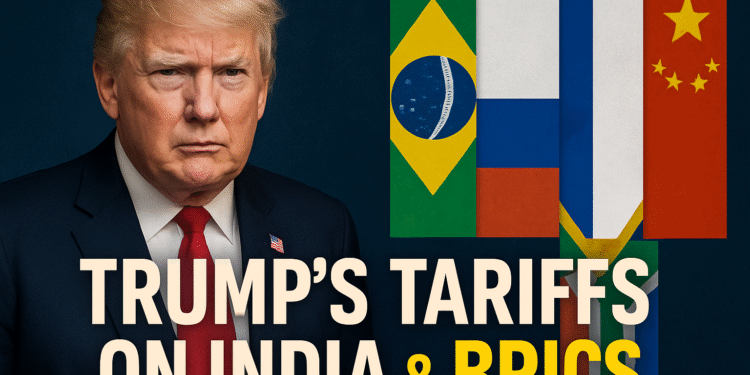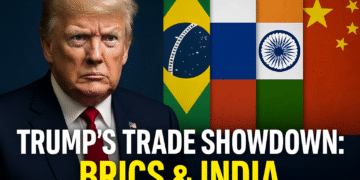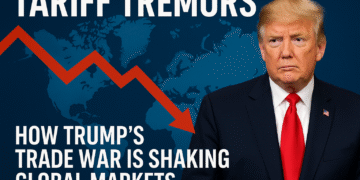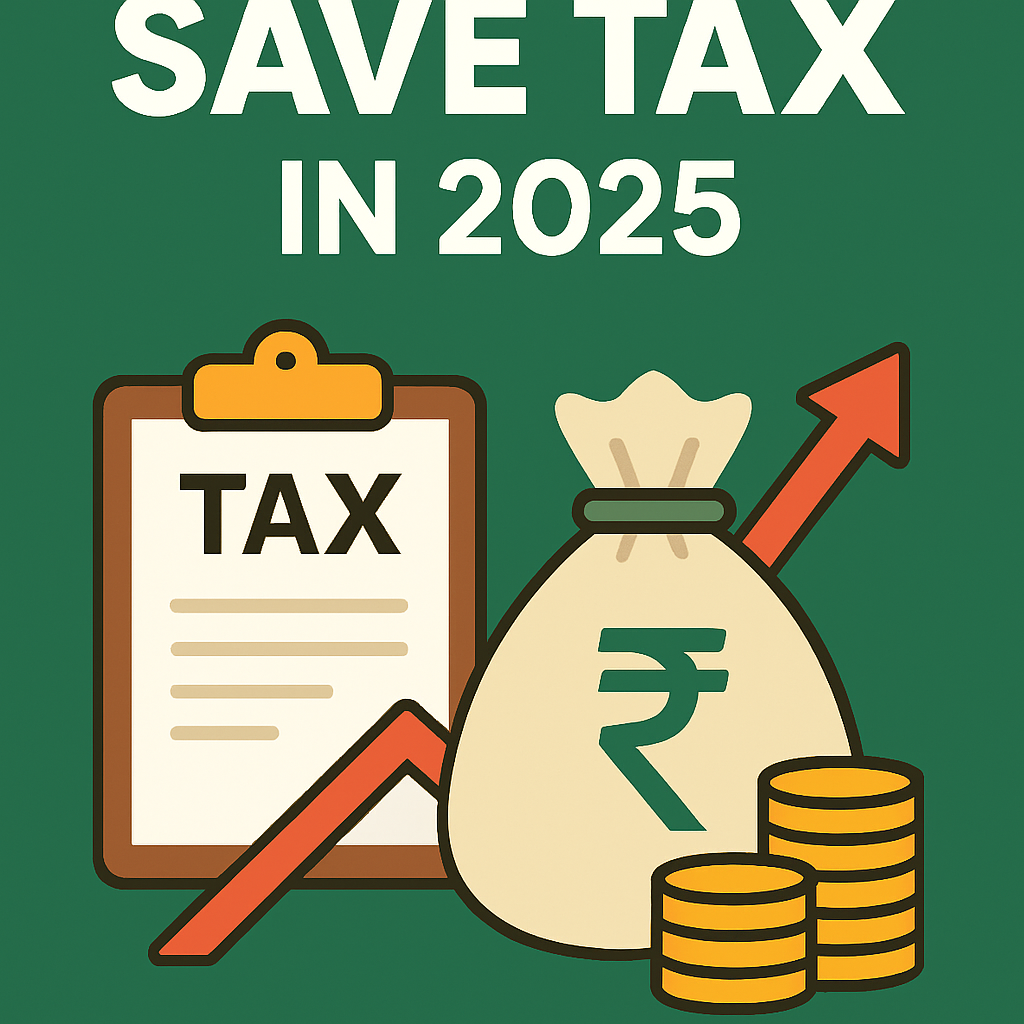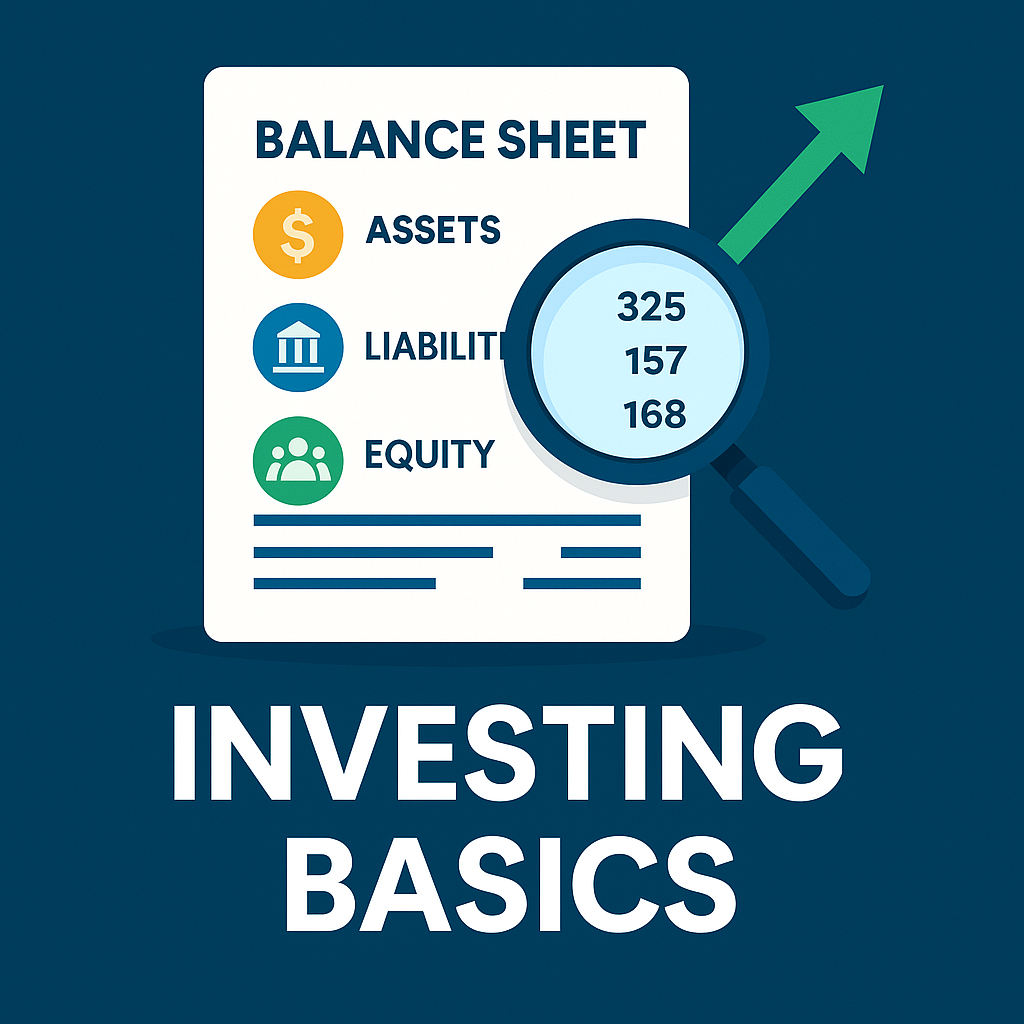
Are you worried about rising prices and trade fights between big countries? Trump Tariffs On India BRICS have made headlines, fueling new BRICS De-dollarization plans and sparking bigger Trump India Trade Tensions.
This blog will show you how these tariffs hurt Indian exports, shift global money power, and change who trades with whom. Keep reading to find out why your wallet could feel the impact soon.
Key Takeaways
- Trump placed 25% tariffs on Indian exports to the U.S. beginning August 1, 2025. This move targeted key industries like pharmaceuticals, textiles, and automobiles. Afterward, India’s export growth to the U.S., worth $87.4 billion in 2024, stalled and some ports saw shipping drop by nearly 20%.
- The tariffs forced Indian manufacturers to change their business plans due to rising costs and shrinking profits. Many exporters sought new trade partners in Southeast Asia, Latin America, and Africa to reduce their reliance on American buyers.
- BRICS countries—including India—responded with stronger efforts for de-dollarization after the United States imposed sanctions tied to India’s oil trade with Russia and a possible 500% tariff threat for buying Russian oil. India increased rupee-based deals; intra-BRICS trade jumped by about 40% since 2021.
- By rejecting both RCEP (backed by China) in November 2020 and excessive Western pressure, India protected local jobs but lost up to $60 billion yearly according to data from Peterson Institute for International Economics.
- Trade wars are reshaping global alliances as Brazil, China, and India formed new ties against U.S. tariffs while North America reduced Asian dependencies; Mexico faces a possible GDP cut of about 16%. These moves push many nations away from using dollars in favor of local currencies for international business.

Impact of Trump’s Tariffs on India

Trump’s tariffs on India hit various export sectors hard. Indian manufacturers face shrinking profit margins and rising costs, forcing them to rethink their strategies in a shifting trade landscape.
How have Indian exports and industries been affected by Trump’s tariffs?
A 25% tariff on Indian imports took effect in the United States on August 1, 2025. This move matched the highest U.S. trade partner rate and made Indian goods less competitive than those from Pakistan or Vietnam.
The penalties targeted key export sectors such as pharmaceuticals, textiles, and automobiles. Many factory owners faced order cuts from American clients once costs rose sharply. Several exporters at major ports like Mumbai reported shipping volumes falling by nearly 20%.
India’s total exports to the U.S. reached $87.4 billion in 2024 but growth stalled after tariffs hit.
Industries also struggled with added sanctions tied to India’s trade with Russia for oil and weapons sales, which led to even higher compliance costs and delays at customs checkpoints across Gujarat and Maharashtra states.
Icra revised its GDP forecast for India downward from 6.5% to 6.2%, blaming these barriers along with rising trade tensions between New Delhi and Washington D.C. The Congress party publicly criticized Prime Minister Modi over his handling of the situation, calling it a foreign policy failure that fueled the growing economic impact of U.S.–India tariff war in global markets this year.
What changes are happening in global supply chains due to these tariffs?
The shock from Trump’s 25% tariffs on Indian exports forced global companies to rethink their supply chains. Many businesses that relied on Indian goods now search for new sourcing options, with some shifting production back into India or turning to other countries like Vietnam and Bangladesh.
Industries such as textiles and pharmaceuticals face higher costs, squeezing profit margins. Rising expenses also lead to price hikes for American consumers who buy products made with Indian materials or components.
Indian exporters have responded by diversifying away from the U.S. market due to the economic impact of tariffs on India. Firms are expanding links in Southeast Asia, Latin America, and Africa to shrink their dependency on U.S.-India trade flows.
India’s ongoing oil imports from Russia help create fresh energy routes that ripple across global energy networks, changing how fuel moves worldwide in 2025. Some importers face extra barriers as India keeps high duties on apples, walnuts, corn, coffee beans, raisins and vegetable oils; this trend pushes buyers in those markets to revisit supplier relationships too.
These moves mark a large reassessment of dependencies throughout international supply systems during this phase of the global trade war 2025 between BRICS nations and the United States.
BRICS and the De-dollarization Challenge
 BRICS countries, including India, aim to reduce their reliance on the U.S. dollar for trade. They explore new currencies and financial systems to strengthen their economies and challenge U.S. dominance in global markets.
BRICS countries, including India, aim to reduce their reliance on the U.S. dollar for trade. They explore new currencies and financial systems to strengthen their economies and challenge U.S. dominance in global markets.
India’s role in the BRICS bloc
India serves as a founding member of the BRICS bloc, which includes Brazil, Russia, China, and South Africa. Prime Minister Narendra Modi manages ties with both Washington and other BRICS leaders.
India finds itself sitting closer to the US than nations like China or Russia in current trade talks and during tariff escalation events such as Trump’s 10% tariffs on all BRICS countries for supporting anti-US policies.
India has helped push intra-BRICS trade up by 40% since 2021 through new bilateral deals and de-dollarisation plans. For example, India increased rupee-based oil purchases from Russia in 2025 after U.S. sanctions hit Russian banks.
Indian officials said no to joining RCEP backed by China in November 2020; they argued this move protected local jobs but cost about $60 billion yearly according to Peterson Institute data.
I have seen everyday traders switch away from using dollars when settling deals with partners from Russia or China because of recent global currency shifts linked to these strategies.
How do tariffs impact currency and de-dollarization strategies?
Tariffs significantly influence currency value and trade strategies. Trump’s tariffs on India, specifically the 25% on imports, create uncertainty in the market. This situation encourages nations to explore alternatives to the U.S. dollar for trade.
As BRICS countries unite against U.S. economic measures, they seek to reduce their reliance on the dollar. The Rio de Janeiro Declaration highlights this unified response aimed at promoting local currencies in international transactions.
The threat of a 500% tariff on countries buying oil from Russia intensifies these efforts for de-dollarization among BRICS nations. Responses include strengthening local currencies through initiatives like the New Development Bank‘s support for non-dollar operations.
Geopolitical tensions make it clear that relying solely on the dollar poses risks, pushing BRICS towards a strong financial architecture focused on independence from U.S. policies.
Economic interdependence can strengthen alliances among nations.
Redrawing Global Trade Dynamics

New alliances are forming among countries as they respond to changing trade rules. Emerging markets and established economies are all adjusting their strategies to cope with the impact of tariffs and new regulations in global commerce.
What new alliances and trade realignments are emerging?
Brazil, China, and India are forming stronger ties against U.S. tariffs. These countries plan to challenge Trump’s 50% tariffs through a World Trade Organization case. Nations in the Global South are building partnerships to bypass the U.S. and EU for trade deals.
ASEAN nations also play crucial roles in manufacturing and supply chain links.
North America is consolidating its trade bloc by reducing dependence on Asian markets like China. The European Union shifts focus away from China toward the U.S., India, and Africa.
By 2033, China’s trade with the Global South might soar by $1.25 trillion, highlighting these emerging trends in global commerce.
How are different regions economically affected by these changes?
The U.S.-India trade tensions raise concerns across various regions. Mexico could see its GDP shrink by about 16% due to U.S. tariffs on goods like automobiles and energy products.
Factories in Texas and Ohio might struggle as these retaliatory measures hurt major exporters in the manufacturing sector.
India faces unique challenges too. The depreciation of the rupee may ease some impacts of U.S. tariffs, yet sectors like pharmaceuticals need to adapt quickly to maintain their exports to the U.S. Moreover, global supply chains are shifting; many countries seek alternatives to reduce reliance on American markets due to escalating tariffs between the U.S., India, and China—further complicating international trade dynamics moving toward BRICS de-dollarization strategies for 2025 or later.
Conclusion

Trump’s tariffs on India have sparked significant changes in global trade. These measures challenge U.S. dominance and push BRICS nations closer together. India’s response has been firm, rejecting the pressures from Western powers.
New alliances emerge as countries seek alternatives to the dollar. The economic landscape is shifting, reshaping relationships across borders and industries.
FAQs
1. Why did the Trump administration impose 50 percent tariffs on Indian imports, especially oil from Russia?
The Trump administration targeted India with a 50 percent tariff on Russian oil to pressure New Delhi over its growing energy trade with Moscow. This move aimed to deter India–Russia oil trade and signal U.S. concerns about BRICS bloc economic influence.
2. How have U.S.–India tariffs in 2025 affected Indian export sectors?
U.S. tariffs on Indian exports hit key sectors such as pharmaceuticals and textiles hard in 2025. These measures disrupted access to the American market for many Indian states, impacting jobs and revenue.
3. What is the timeline of U.S. tariff escalation against BRICS nations?
The United States raised tariffs on BRICS countries starting in early 2025, first targeting China then moving toward India and Russia by mid-year. The policy reflects a broader strategy against perceived threats from the BRICS bloc’s economic influence.
4. How has India responded to these new U.S. tariff threats at recent summits?
India announced counter-tariffs after talks stalled at the latest BRICS summit in response to rising American duties; officials also filed complaints with the World Trade Organization (WTO) over what they call unfair barriers.
5. What is de-dollarization, and how does it relate to BRICS plans for dethroning U.S dollar dominance?
De-dollarization refers to reducing reliance on the U.S dollar for global trade or reserves; The BRICS financial architecture now pushes members like India, China, and Russia to settle deals using local currencies instead of dollars by their 2025 agenda.
6. What are the possible long-term impacts of this trade war between America and major economies like India or China within the BRICS bloc?
This ongoing conflict may weaken traditional supply chains while challenging established rules under organizations like WTO; It could shift global power balances if de‑dollarisation gains speed due to persistent tensions among America, India, China, and Russia.

